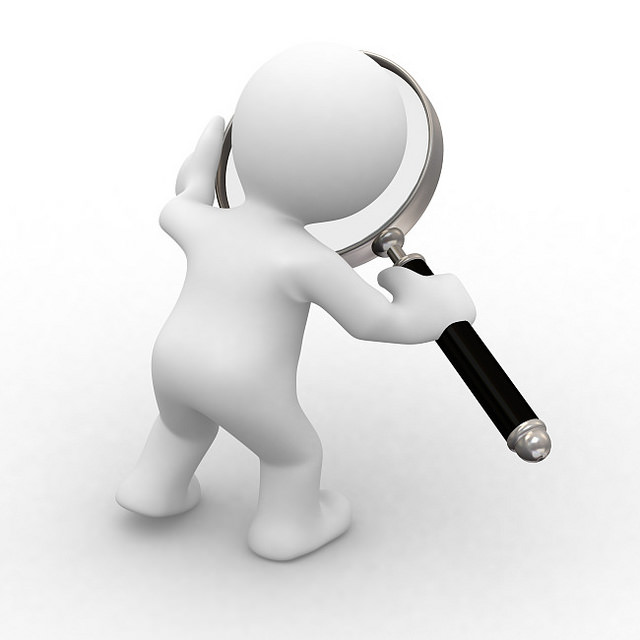What You Must Know About Assessing Your Asset Management System
 Often times organizations what to determine where they in their journey of asset management. This usually takes place in the form of benchmarking or assessing their asset management system against the standard. Before progressing any further, it is important to understand the difference between an assessment and an audit;
Often times organizations what to determine where they in their journey of asset management. This usually takes place in the form of benchmarking or assessing their asset management system against the standard. Before progressing any further, it is important to understand the difference between an assessment and an audit;
- Assessment is defined as a systematic process of collecting and analyzing data to determine the current, historical, or projected status of an organization or system.
- Audit is defined as an inspection and examination of a process or quality system to ensure compliance with requirements. An audit can apply to an entire organization or may be specific to a function, process, or production step.
As noted above, an assessment can be used to determine where an organization is in their journey or against a known standard (such as ISO 55001). Where an audit is used to certify the organization against a standard. This leads us to the difference between an auditor and an assessor;
- Assessor is defined a person or group that examines the validity of reported information, compliance with regulations or the meeting of technical or certification standards. An assessor does not have the ability to extend the certification to an organization.
- Auditor is defined as a person or group, that examines the validity of reported information, compliance with regulations or the meeting of technical or certification standards. An auditor has the ability the extend the certification to an organization.
This is important for a few reasons;
- Auditors have the ability accredit an organization’s systems against an ISO standard, and as such typically can not provide any consulting services to an organization (it is a conflict of interest).
- Auditors should be accredited themselves by the national accreditation body in the country(ies) they operate it.
- Assessors typically have the same knowledge as auditors, but they have the ability and are not bound against providing consulting services to an organization.
This lead us to an important question. To Certify or Not? You can implement a complete asset management system and reap the benefits without being accredited. The questions of whether to certify or not comes down to the specific organization. While accreditation does provide a level of prestige, it may not be required or worth the effort.
Selecting an Assessor
Often times organizations will use an internal assessor. This is a great approach when performing spot checks and progress checks. However, it is generally advisable to have an external assessor perform the initial and larger progress checks.
The external assessor provides a fresh set of eyes on the asset management and ensures they are not so close to it that they miss the forest for the trees.
Regardless of who is used, when assessing an asset management system it is important to ensure the assessor is competent in asset management. This can be accomplished by looking for individuals that have certifications. This may be provided by the Institute of Asset Management (IAM), or through the World Partners in Asset Management (WPiAM).
The WPiAM has partnered with numerous bodies across the globe and has developed the Certified Asset Management Assessor (CAMA) certification. This independent certification establishes an individual’s credentials in asset management knowledge and comprehension, globally. While the CAMA certification is not required for assessors, it provides a level of comfort for organizations.
Once an assessor has been selected, the assessor should be used consistently to ensure the assessment is measuring progress, and not gaps against different models.
At the conclusion of the assessment, the organization should have a gap analysis of their asset management system. Great assessors will also include a road map and recommended a course of action for the organization to achieve their goals.
Focus on Value
It is important to remember that asset management is designed to extract the most value from an asset while balancing cost and risk. Therefore it is best to focus on the implementation of the management system, not asset management itself. When focusing on the system, the results should follow.
There is no right way of asset management as the system should be specific to the organization. Asset management must be based on the needs of the organization, while the asset management system should follow the ISO 55001 standard.
Have you had your asset management system assessed? Do you know where your gaps are and where you need to focus next?
Remember, to find success, you must first solve the problem, then achieve the implementation of the solution, and finally sustain winning results.
I’m James Kovacevic
Eruditio, LLC
Where Education Meets Application
Follow @EruditioLLC
Need help understanding how Asset Management can help your organization? What to benchmark your Asset Management system? Eruditio, LLC has Certified Asset Management Assessors on staff to support your journey into asset management. Click here to book a free 1-hour consultation to see how we can help you achieve your goals.
References:
